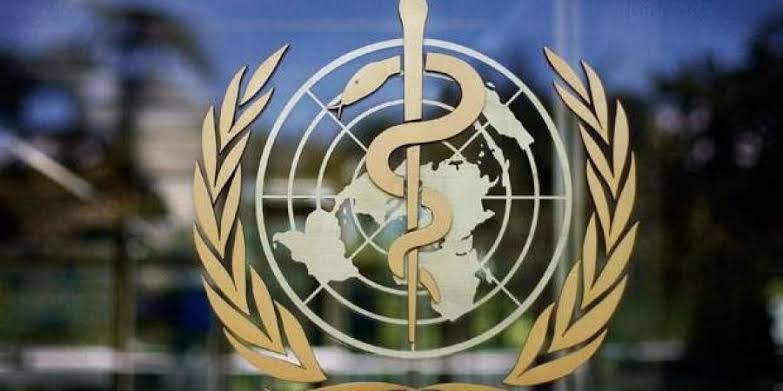By Zayamu Hassan
In order to enable countries constantly monitor and analyse the genetic make-up of pathogens, the World Health Organisation (WHO), has released strategies to improve and scale up genomic surveillance.
In a statement, the WHO explained that genomic surveillance helps researchers, epidemiologists and public health officials to monitor the evolution of infectious diseases agents, alert on the spread of pathogens, and develop counter measures like vaccines.
Genomic surveillance is the process of constantly monitoring pathogens and analyzing their genetic similarities and differences.
According to the WHO Director-General, Dr Tedros Adhanom Ghebreyesus, “the complexities of genomics and the challenges of sustaining capacities in different settings, including workforce needs, means that most countries cannot develop these capabilities on their own.
“The global strategy helps keep our eyes on the horizon and provides a unifying framework for action.
“WHO looks forward to working with countries and partners in this important and highly dynamic field. We will do best if we work together.”
The statement explained that data collected by WHO show that in March 2021, 54 per cent of countries had this capacity.
By January 2022, thanks to the major investments made during the COVID-19 pandemic, the number had increased to 68 per cent. Even greater gains were made in the public sharing of sequence data: in January 2022, 43 per cent more countries published their sequence data compared to a year before.
Despite this fast progress, much remains to be done.
Any new technology comes with the risk of increasing inequity, which is one of the gaps this strategy targets.
Various public health programmes – from Ebola to cholera – use genomic surveillance to understand a pathogen at its molecular level, but COVID-19 has highlighted the challenges of bringing genomics to scale.
The COVID-19 pandemic has shown that health systems need genomic surveillance so that risks are rapidly detected and addressed.
This technology has been critical in this response, from the identification of a novel coronavirus, to the development of the first diagnostic tests and vaccines, to the tracking and identification of new virus variants.
“Genomic surveillance is critical for stronger pandemic and epidemic preparedness and response.
“This pandemic has laid bare the fact that we live in an interconnected world and that we are only as strong as our weakest link. Improving global disease surveillance means improving local disease surveillance.
“That is where we need to act, and this strategy will provide us with the foundation,” said the Executive Director, WHO Health Emergencies Programme, Dr Michael Ryan.





1 comment
Is a great idea, it will reduce high risk of contamination of the disease.and should be given at medium rate so that other country can have it